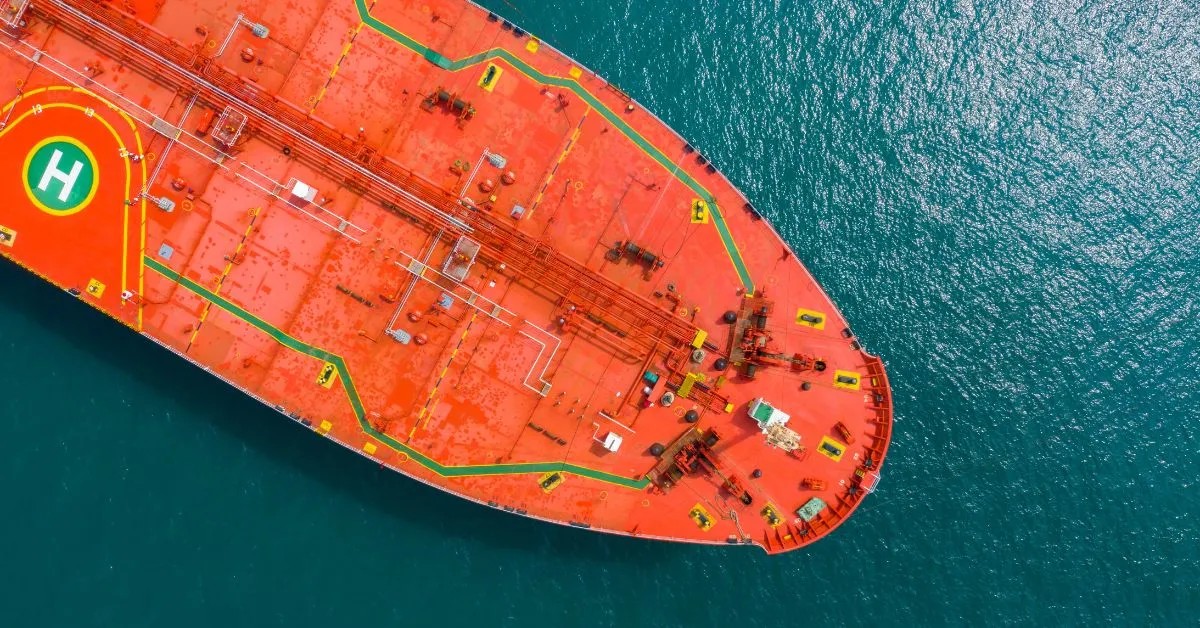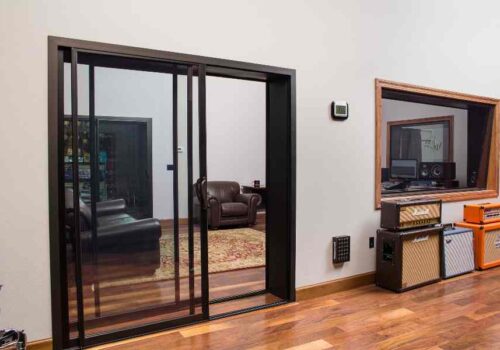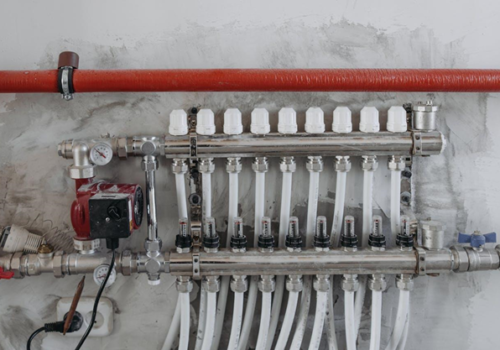Understanding the Intricacies of Ship Design: A Comprehensive Overview
Ship design is a complex and multidisciplinary process that involves the integration of engineering principles, naval architecture, marine technology, and safety regulations. From the initial conceptualization to the final construction and testing phase, every step in the ship design process plays a crucial role in creating vessels that are safe, efficient, and capable of navigating the world’s oceans. In this article, we delve into the intricacies of ship design, exploring the various stages and considerations involved.
1. Conceptual Design:
The ship design process typically begins with the conceptual design phase, where the basic parameters and specifications of the vessel are established. This includes determining the size, shape, and purpose of the ship, as well as identifying any specific requirements or constraints. Naval architects and marine engineers work closely with stakeholders to develop preliminary designs and feasibility studies, taking into account factors such as stability, hydrodynamics, and propulsion systems.
2. Preliminary Design:
Once the conceptual design has been approved, the project moves into the preliminary design phase. During this stage, designers develop detailed plans and drawings that outline the structural layout, hull form, and general arrangement of the ship. Computational tools and software are used to analyze and optimize various design parameters, ensuring that the vessel meets performance requirements while adhering to safety standards and regulatory guidelines.
3. Detailed Design:
In the detailed design phase, engineers and designers focus on refining the technical specifications and engineering details of the ship. This includes selecting materials, specifying equipment, and integrating subsystems such as propulsion, electrical, and HVAC (heating, ventilation, and air conditioning) systems. Advanced modeling techniques, such as finite element analysis and computational fluid dynamics, are employed to simulate and validate the structural integrity and performance of the vessel under various operating conditions.
4. Production Design:
Once the detailed design has been finalized, the project transitions to the production design phase, where construction plans and specifications are prepared for shipyard fabrication. Production engineers work closely with shipbuilders to develop manufacturing processes, assembly procedures, and quality control measures to ensure that the vessel is built to exacting standards. This phase also involves procuring materials, components, and equipment necessary for construction, as well as coordinating logistics and scheduling.
5. Testing and Evaluation:
After the ship has been constructed, it undergoes rigorous testing and evaluation to verify its performance and seaworthiness. This includes conducting sea trials to assess maneuverability, stability, and propulsion efficiency, as well as testing equipment and systems under real-world conditions. Regulatory bodies and classification societies may also conduct inspections and certification audits to ensure compliance with safety and environmental standards before the vessel is commissioned for service.
6. Lifecycle Support:
Once the ship is in service, the design process continues with ongoing maintenance, repair, and upgrades to ensure continued performance and reliability throughout its lifecycle. This includes periodic inspections, refits, and modernization efforts to incorporate new technologies and meet evolving operational requirements. Ship designers and operators work collaboratively to optimize the vessel’s performance, efficiency, and safety over time, ensuring that it remains a valuable asset for years to come.
Conclusion:
In conclusion, ship design is a multifaceted process that requires expertise in engineering, naval architecture, and maritime technology. From conceptualization to construction, testing, and lifecycle support, each stage in the design process is critical to the successful creation and operation of vessels that meet the demands of modern shipping. By leveraging advanced design tools, computational methods, and interdisciplinary collaboration, ship designers continue to push the boundaries of innovation and excellence in the maritime industry.





